Prada is one of the most recognized luxury fashion houses in the world. Everyone knows the trademark triangle logo and the brand’s signature Prada Nylon Bag. What started as an accessories and leather goods brand evolved throughout the years into much more than that thanks to Miuccia Prada – Head designer of Prada and founder of Miu Miu – who put Prada on the map in the 1970s.
Prada is among the most famous luxury brands, but how much do you know about it? We prepared this article so you can learn more about the history of Prada – its origins, first collections, iconic designs, and much more.
The History of Prada
The Origins of Prada
Prada was founded in 1913 by Mario Prada and his brother Martino as Fratelli Prada, a leather goods shop in Milan. The first store opened in the prestigious Galleria Vittorio Emanuele II in Milan (that is still functioning today) where they sold bags, trunks, and travel accessories.

In 1919, the quality of the product attracted the attention of the Italian Royal House and made Prada its official supplier. This recognition allowed Prada to display the House of Savoy coat of arms and knotted rope design in its trademark triangle logo, which contributed to enhancing the brand’s reputation and became a symbol of the Italian aristocracy and upper-middle class. It has stayed with Prada throughout its 100+ years in business!
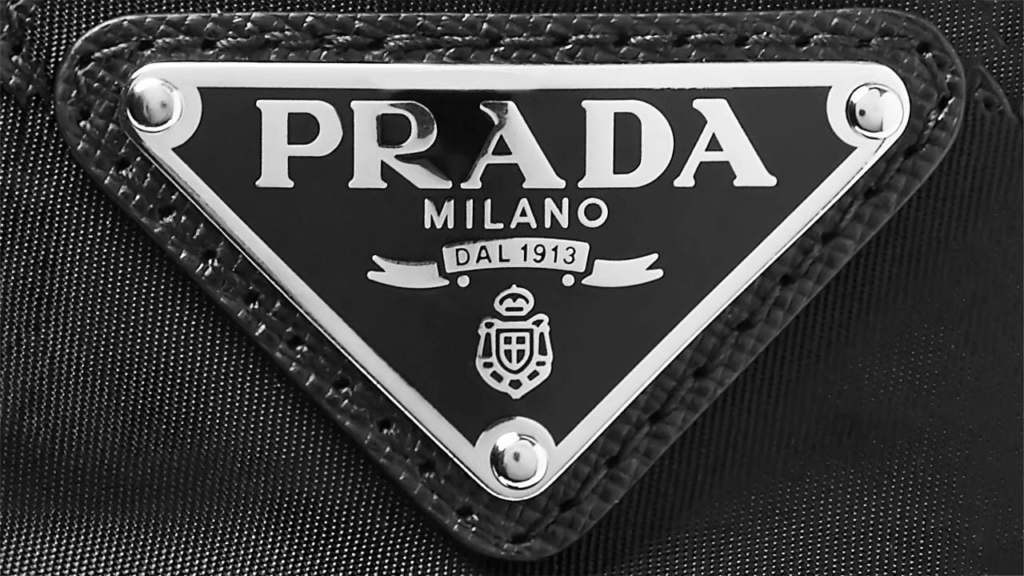
The founder Mario Prada believed that women had no place in the workplace and should stay at home. So as he approached retirement, he wanted to trespass the family business to his son. However, the latter had no interest in managing the brand, so it was passed on to Mario Prada’s daughter, Luisa Prada. She run the family business for 20 years until the 1970s when her daughter Miuccia Prada joined as Head designer and began designing luxury handbags and luggage for the brand. This accidental turn of events makes us wonder how Prada would have evolved without Miuccia Prada and her mother.
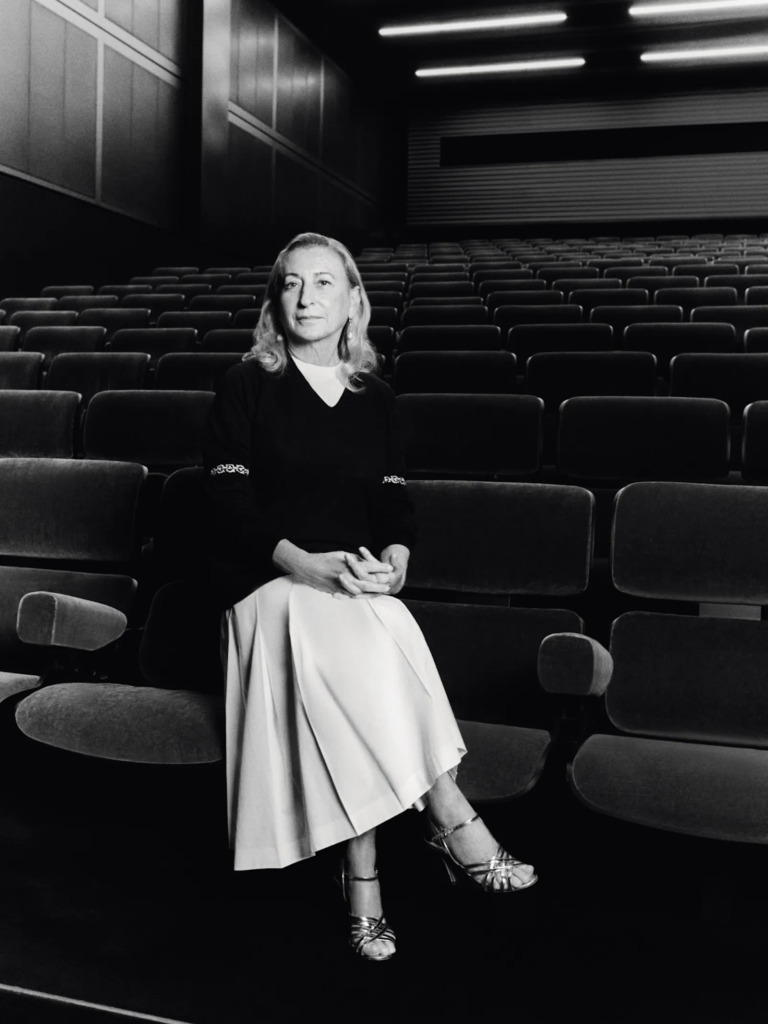
Besides the family history, no one could predict Miuccia Prada would ever go into fashion one day, as she didn’t study fashion and design, but political science at the University of Milan, and also mime at the Piccolo Teatro. So she is one of those famous people who became self-taught fashion designers.
However, Miuccia’s beginning in the industry wasn’t so easy.
In the 1970s, she was a member of the Italian Communist Party and was involved in the women’s rights movement. When she decided to work in fashion, it is said that some people didn’t approve of this decision as it was not what was expected of a feminist. “When I started, everybody hated what I was doing except a few clever people.” “Being a feminist in the 1970s, you can imagine how inappropriate it was to talk about fashion. But I loved it so much that I did it,” once told Miuccia Prada to the press. She did it, indeed, and eventually, people loved the brand. Prada’s signature concept of “ugly chic” challenged the typically glamorous and feminine industry standards.
Around 1978, Miuccia Prada met Patrizio Bertelli, who became her husband and business partner, and co-Chief Executive Officer of Prada as of 2014. Together, the couple launched a luxury footwear line in 1979, which was well-received.
The business expanded into a network of directly-owned stores all over the world. And they became known for the brand’s signature green hue, which became known as “Prada Green”. The first “green store” opened in Milan in Via della Spiga. And soon other stores opened in London, Madrid, Tokyo, and Paris. The recently opened Prada Caffé at Harrods in London is painted in the same signature green color.

Prada’s first ready-to-wear collection
Initially, the Italian House produced exclusively leather goods. But with the encouragement of Patrizio Bertelli, Miuccia Prada revolutionized the company by introducing ready-to-wear in 1988, presenting the fall/winter collection during Milan fashion week.
The collection was inspired by Miuccia Prada’s wardrobe, which included school uniforms, with a predominance of black and brown. These dark tones clashed with vibrant colors that were a place in the 80s.
The clothes were marked by dropped waistlines and narrow belts. It was sexy and chic, yet simple, and translated Miuccia Prada’s unconventional approach to fashion and femininity. In the decade of glamour, Prada’s sobriety combined with elegance, clean lines, and understated luxury was an innovation. The show set the tone for the future Prada’s collections which also were marked by minimalism. It was a huge success and made Prada one of the most coveted brands in the fashion world by the early 1990s.
“What you wear is how you present yourself to the world, especially today when human contacts go so fast. Fashion is instant language.” is one of the designer’s iconic quotes, suggesting the importance of ready-to-wear not only in general but that it also has a strong place in Prada.
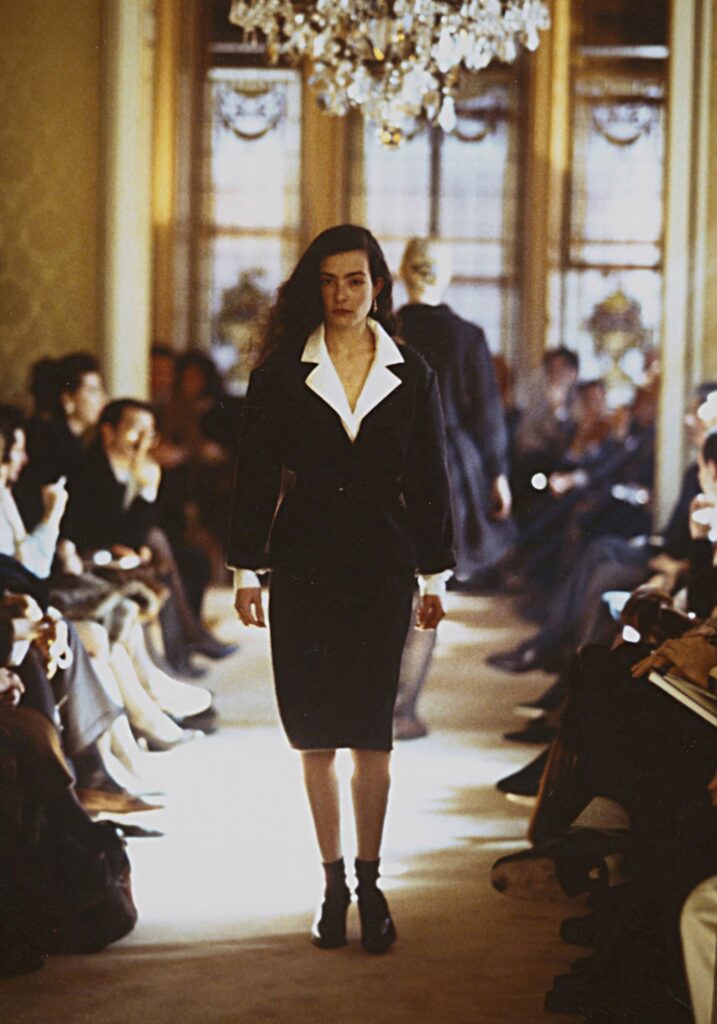

Prada’s first menswear collection
Prada launched its first men’s collection in the Spring-Summer 1998 season, presenting for the first time the “monochrome look”. Just like women’s ready-to-wear, menswear was also characterized by minimalism and a neutral color palette, in response to the maximalism of the 80s.
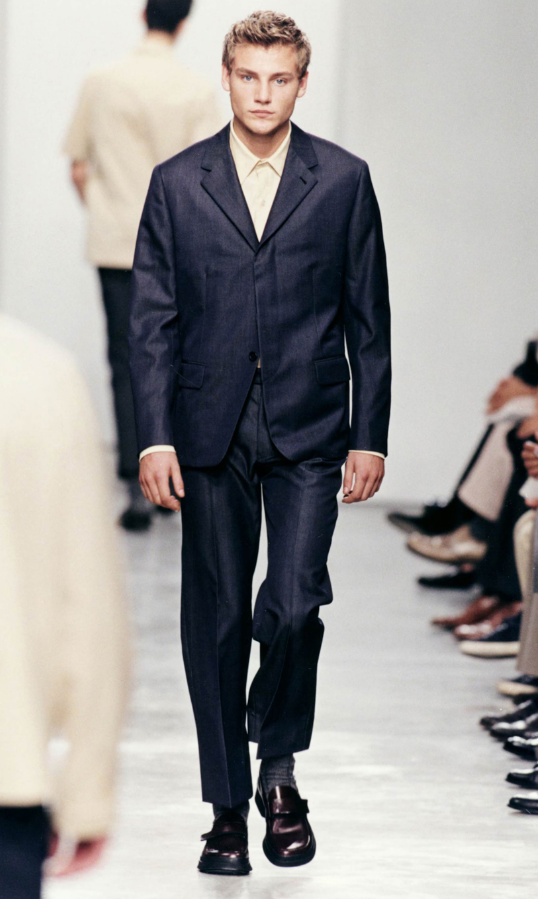
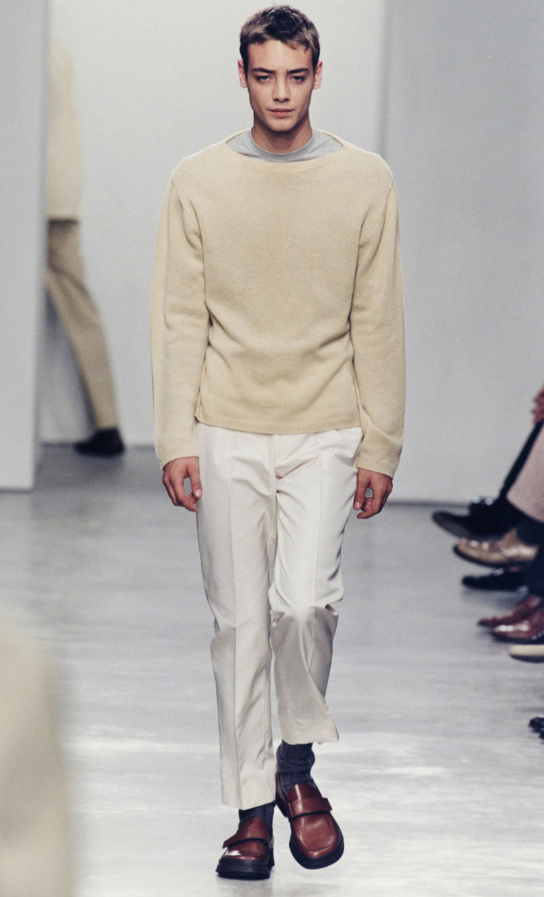
Prada Linea Rossa
First launched in 1997, Prada Linea Rossa is the brand’s sports line and was a pivotal moment in the history of Prada and the whole industry, as it merged streetwear with luxury. It was a combination of minimalist style and avant-garde materials. Which were popular among the technologically savvy audience in the 90s. Linea Rossa used innovative materials like nylon, which became popular with the release of the iconic Prada Nylon Bag.
Prada Linea Rossa relaunched in 2018 and includes ready-to-wear, shoes, accessories, sunglasses, and ski wear.
These are the words with which Miuccia Prada recounted the style of the collection to The New York Times:
“Our idea is to mix technology with normal dressing. You don’t need to disguise yourself as a champion to practice a sport. In the long term, I see formal dressing for special occasions and an increasing number of people wearing sportswear almost all day long.”
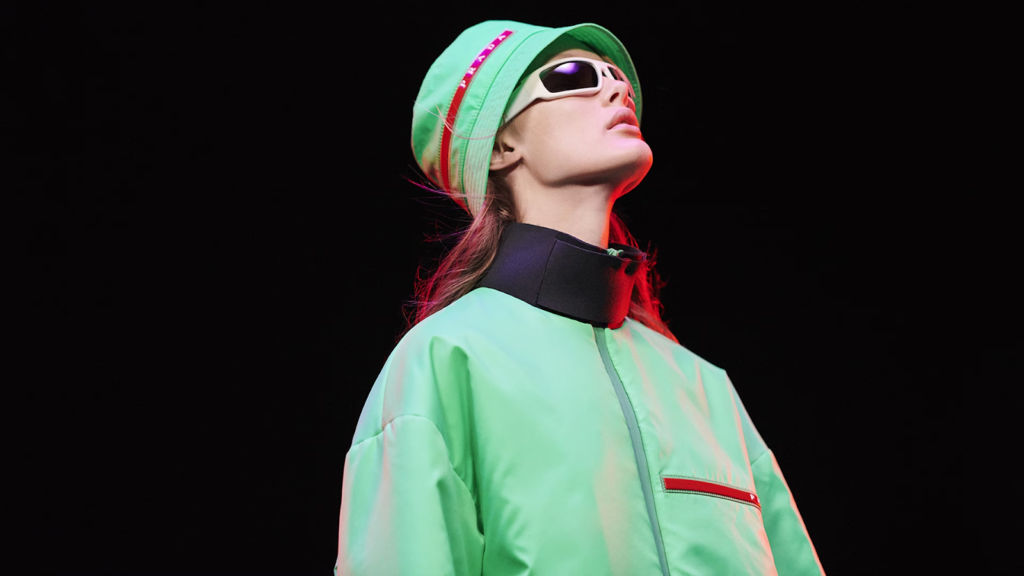
Iconic Prada designs
Prada Nylon Bag
We cannot imagine Prada without nylon and especially the Vela backpack, which was the first product made of nylon released by Prada in 1984 under the creative direction of Miuccia Prada. It was made from water-resistant nylon called “Pocono”, which used to be reserved for military tents. But Prada brought it into fashion – first with accessories and then to apparel in the Fall-Winter 1994 collection. The nylon bag was distinctive and unique compared to the conventional leather bags luxury brands such as Louis Vuitton and Chanel were producing at the time. It combined practicality and luxury. And was a fashion statement that performance fabrics do have a place in fashion.
Miuccia Prada explains the reason for creating the nylon bag like this:
“Suddenly nylon started to look more intriguing to me than couture fabrics. I decided to introduce it to the catwalk and it challenged, even changed, the traditional and conservative idea of luxury. I am still obsessed with it.”
In 2020, the company introduced the Re-nylon Re-edition of 2000 and 2005 bags – a collection consisting of mini bags, totes, shoulder bags, belt bags, and backpacks in multiple colors in addition to the signature black. And in an attempt at sustainability efforts, Prada switched out the synthetic nylon material for Econyl. Which is a more sustainable alternative, made from recycled materials such as fishing nets and industrial plastic waste.
In 2022, Prada’s Re-nylon Re-edition 2000 and 2005 mini bag was named Lyst’s ‘Handbag of the Year’, after searches increased by 131%, while views for #pradanylonbag on TikTok generated over 4.2 million views. Today, it remains one of the brand’s most recognizable flagship products.
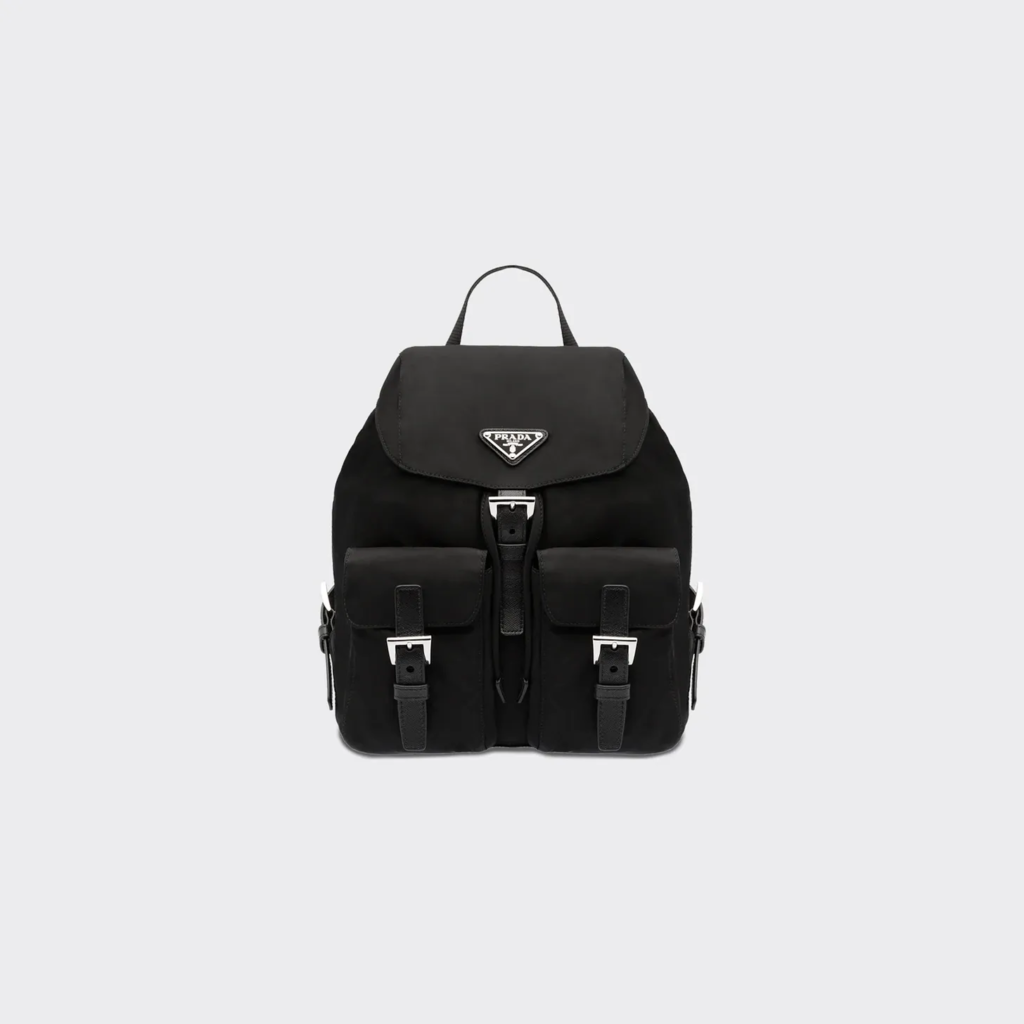
Some of the other iconic Prada pieces include:
The Silk Turban, introduced in Spring-Summer 2007

The Prada Galleria Handbag, released in 2007, is named after Prada’s historic flagship in Milan – Galleria Vittorio Emanuele II.

The flaming stiletto, first seen during Spring-Summer 2012

Prada Today
Prada is part of the Prada Group, owned by Miuccia Prada and Patrizio Bertelli. And includes Miu Miu, Church’s, Car Shoe, Marchesi 1824, and Luna Rossa.
Prada and Bertelli also co-chair Fondazione Prada, which is an institution dedicated to contemporary art and culture. It first opened in 1995 and since 2015 has a permanent facility in Milan.
On the fashion scene, Prada has grown into a global luxury fashion brand. On December 10 of 2018, Miuccia Prada received the Outstanding Achievement Award, presented by the British Fashion Council for her outstanding contribution to the global fashion industry, and her original and pioneering approach and vision.
In 2020, the Belgian designer Raf Simons joined Prada as co-creative director, working in partnership with Miuccia Prada, sharing equal responsibilities for creative input and decision-making. They introduced their first joint collection in the Spring/Summer 2021 season, which was “a study and a redefinition of the Prada essence” the Prada new uniform, with 1950s accents, sportswear pieces, and the iconic Nylon material.
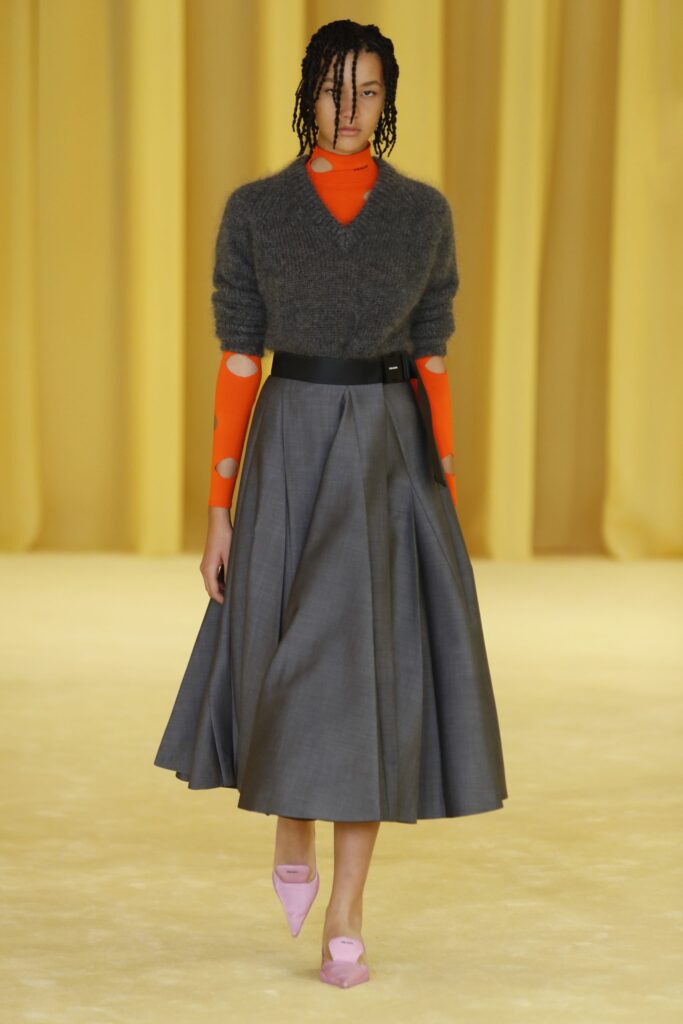
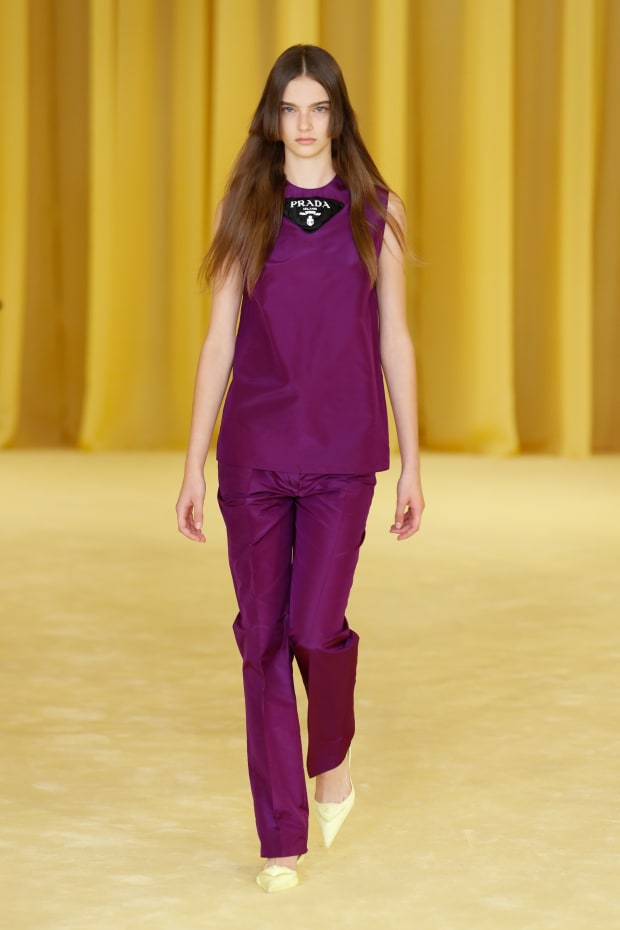
The recent fall-winter 2023 fashion show brought back Prada’s signature uniforms which were a nod to the uniforms worn for the different professions during World War II. “Mainly what I care about now is to give importance to what is modest, to value modest jobs, simple jobs, and not only extreme beauty or glamour,” Prada said.
Credits: Vogue
This year, Prada has been named the hottest brand of Q4 2022 according to Lyst.
And that’s a wrap on the Prada history for now. We are excited to see what’s coming next.
If you want to learn about other luxury brands, we invite you to read this Louis Vuitton history article and the Gucci history piece.
Do you dream of working at Prada or another (luxury) fashion brand? Register for our free masterclass here to learn 3 top strategies to get a job in fashion.




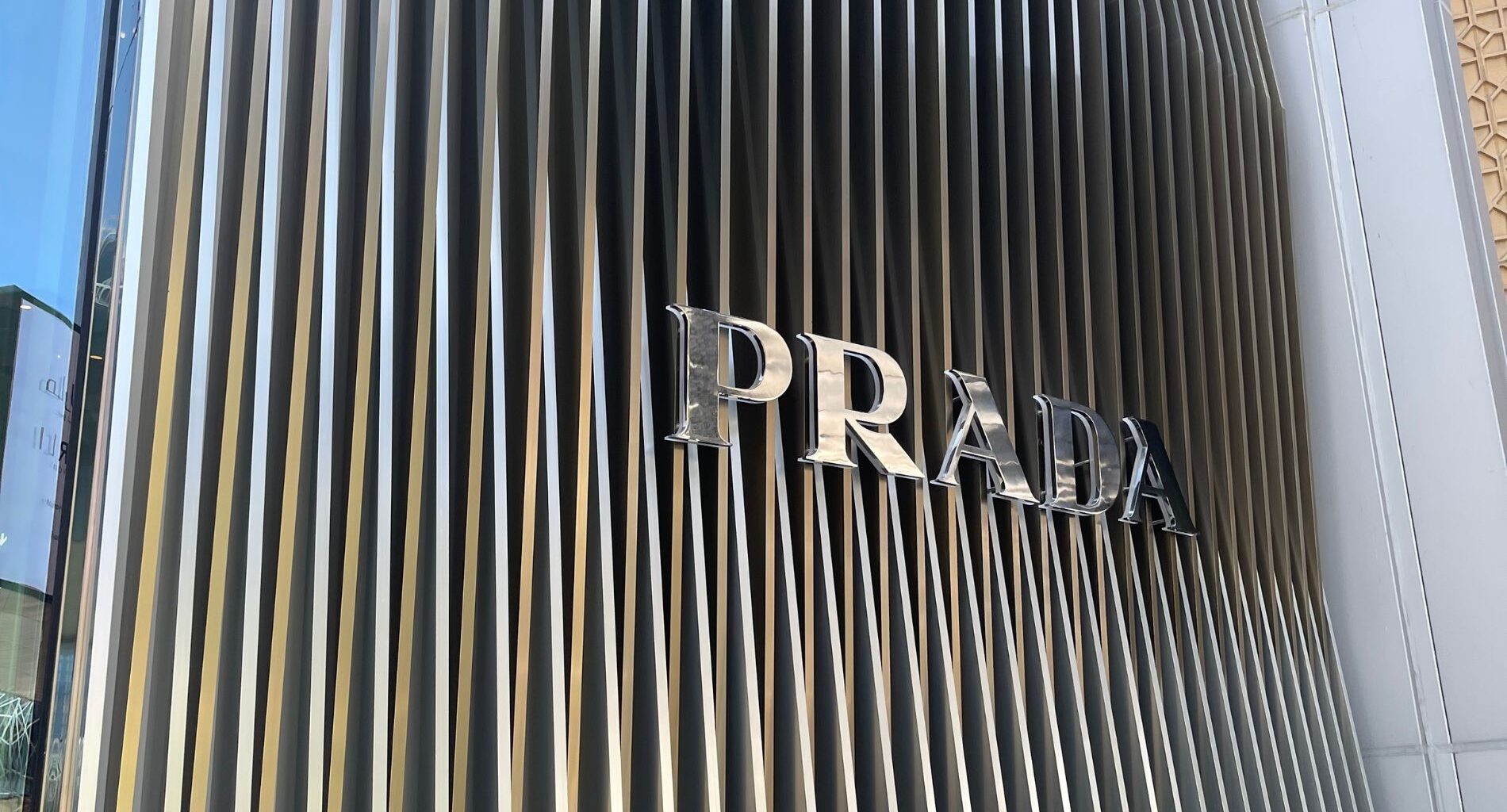

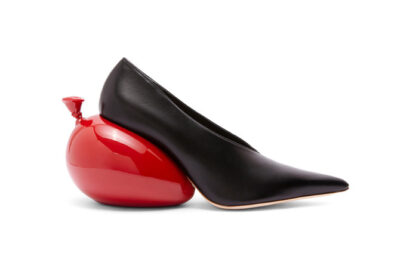
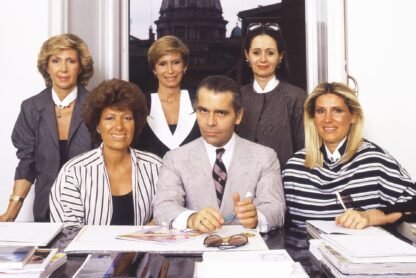
this is extremely helpful, thank you for making this!
FELIZ CARNAVAL 2024 : RIO DE JANEIRO/RJ : BRASIL !
http://WWW.CLEANUP.COM.AU